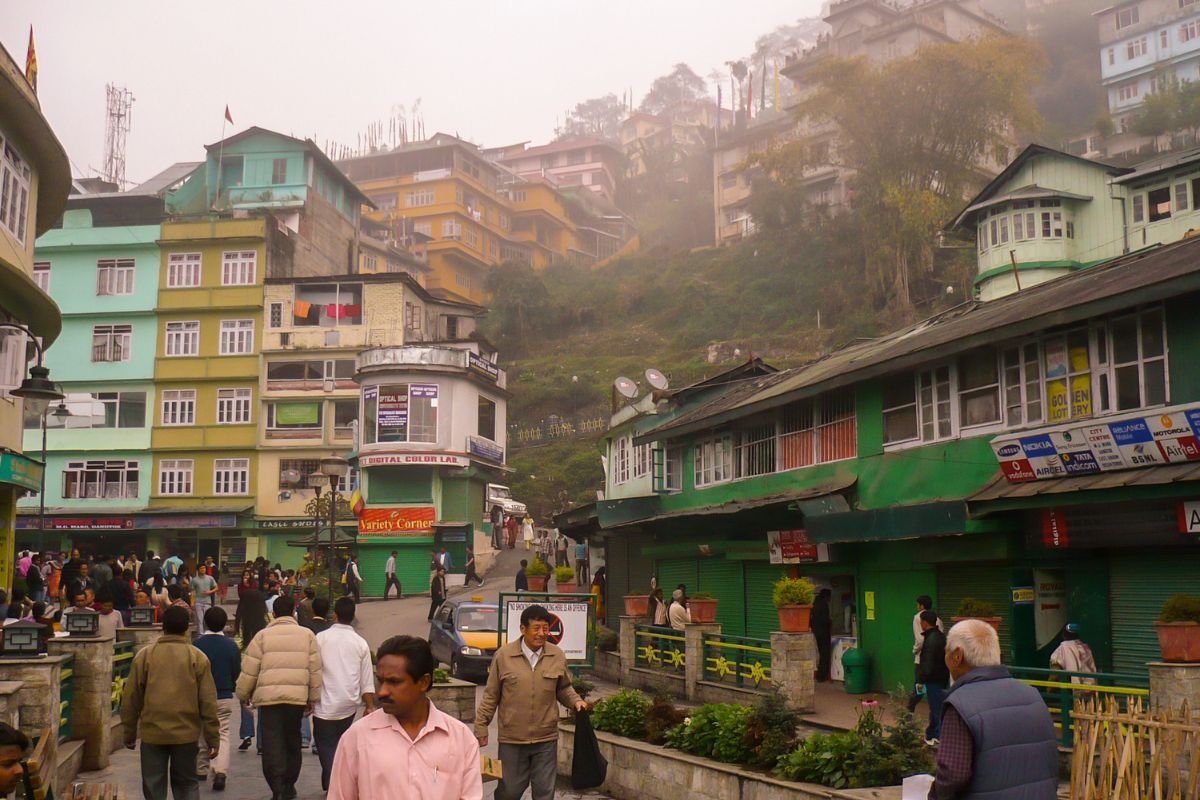India’s Northeast region (Arunachal Pradesh, Assam, Manipur, Meghalaya, Mizoram, Nagaland, Sikkim and Tripura) has a population of 45 million which is dependent overwhelmingly on agriculture for its livelihood. But the region produces only 1.5 per cent of the country’s food grain and continues to import food grains for its own consumption. Agricultural land (including that lying fallow) is 22.20 per cent as against 54.47 per cent in the rest of India According to academic Bhabesh Gogoi of the Assam Agricultural University, the major issues in the agricultural sector are small and fragmented land holdings, lack of quality seed and planting materials, fertilizer imbalance, propensity to natural disasters, limited irrigation facilities, lack of mechanisation, and rampaging pests.
Additionally, significant quantities of agri-products harvested in the region perish due to lack of storage and processing facilities and the absence of marketing infrastructure. There are signs, however, of this decades-old lament showing signs of being addressed. According to a recent news report, demand for agricultural produce from Northeast India has shown a spike in recent years, which experts ascribe to the labours of the Centre. Pineapples from Mizoram and Tripura, lemons from Assam, kiwis, oranges, and apples from Arunachal Pradesh are extremely popular, as are ginger and turmeric from Meghalaya, citrus fruits from Nagaland, and organic/ purple rice as well as vegetables from Manipur. There has been an 86 per cent increase in exports of agricultural produce ~ from $2.52 million in 2016-17 to $17.2 million in 2021-22.
Advertisement
This boost, it is argued, is the result of efforts by the Union Ministry of Commerce through the Agricultural and Processed Food Products Export Development Authority (APEDA). While there may be an element of hyperbole in this narrative, there is no denying the focus of the ruling dispensation on facilitating exports of agricultural produce from the region; it was one of the first tasks assigned to the Ministry by the Prime Minister’s Office in 2014. The political rewards reaped across the region by the BJP in recent years on the back of the support from these beneficiaries of the Centre’s efforts is evident. The APEDA has provided a platform to agriculturists from Northeast India to promote their products and has emerged as a credible interface between producers, exporters, and importers. Among the issues that have been addressed is the lack of market linkages in the landlocked region.
This has been done by promoting agri-products through 360-degree campaigns including organising field visits to the region for importers from West Asia, Europe, Australia, China, Bangladesh, and Bhutan. APEDA is also working on capacity-building programmes on export awareness among producers/exporters. The key selling point for products from the Northeast, however, could well be the sustainable agricultural practices followed in the region. The largely organic farming in these parts thus qualifies its agri-produce for fair trade certification. This, in turn, is expected to enhance the value of the North East’s farm produce and attract Western importers.
A version of this story appears in the print edition of the September 3, 2022, issue.









